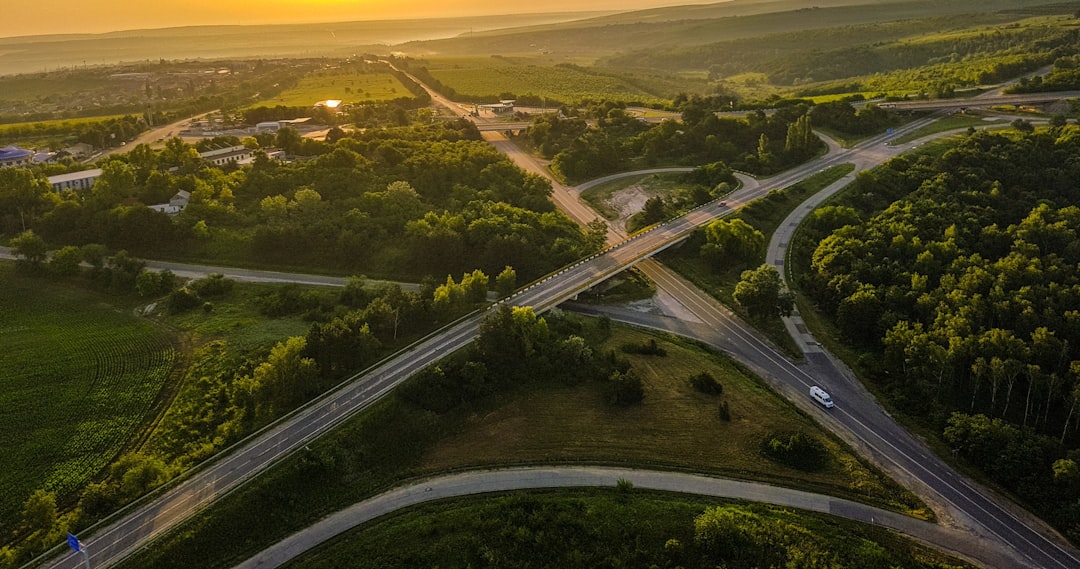What is it about?
The Ehlers fusion method, which combines a standard intensity-hue-saturation (IHS) transform with fast Fourier transform filtering, is a high spectral characteristics preservation algorithm for multi-temporal and multi-sensor datasets. However, for datasets of more than three bands, the fusion process is complicated; because only every three bands are fused repeatedly for multiple times until all bands are fused. The hyper-spherical colour sharpening (HCS) fusion method can fuse a dataset with an arbitrary number of bands. The HCS approach uses a transform between an n-dimensional Cartesian space and an n-dimensional hyper-spherical space to get one single intensity component and n-1 angles. Moreover, from a structural point of view, the hyper-spherical colour space is very similar to the IHS colour space. Hence, we propose to combine the Ehlers fusion with an HCS transform to fuse n-band datasets with high spectral information preservation, even hyper-spectral images. A WorldView-2 dataset including a panchromatic and eight multispectral bands is used for demonstrating the effectiveness and quality of the new Ehlers-HCS fusion. The WorldView-2 image covers different landscapes such as agriculture, forest, water and urban areas. The fused images are visually and quantitatively analysed for spectral preservation and spatial improvement. Pros and cons of the applied fusion methods are related to the analysed different landscapes. Overall, the Ehlers-HCS method shows the efficacy for n-band fusion.
Featured Image
Why is it important?
Improvement of existing fusion methods to pan sharpen remote sensing images
Read the Original
This page is a summary of: Ehlers pan-sharpening performance enhancement using HCS transform for n-band data sets, International Journal of Remote Sensing, May 2017, Taylor & Francis,
DOI: 10.1080/01431161.2017.1320448.
You can read the full text:
Contributors
The following have contributed to this page










